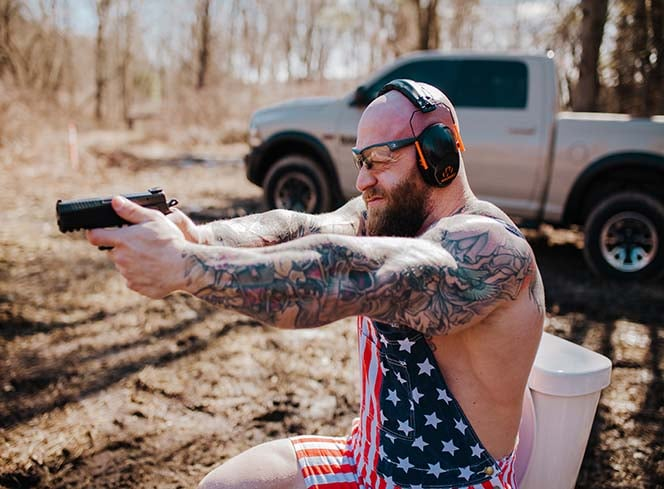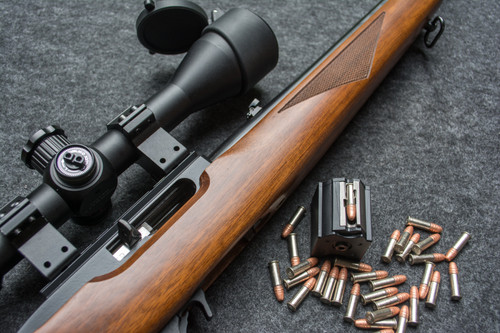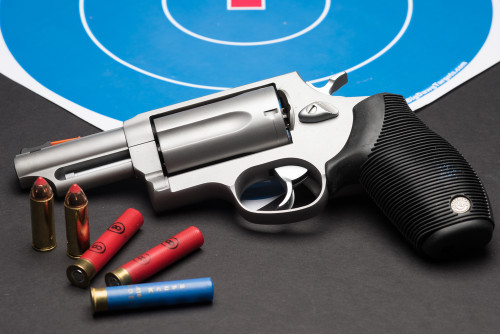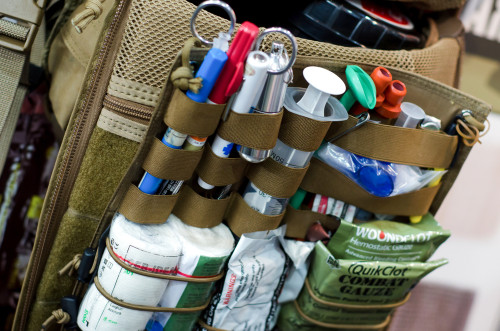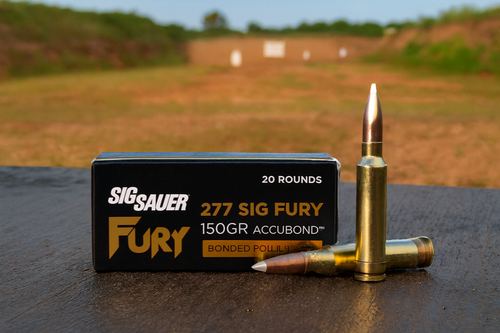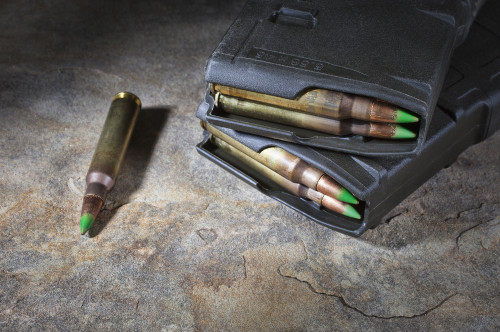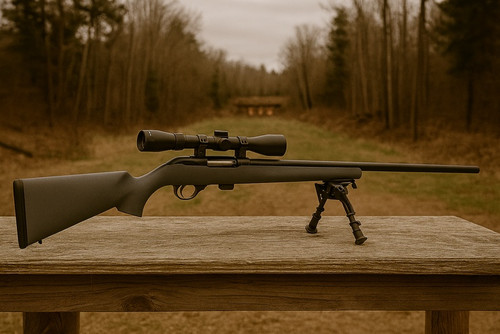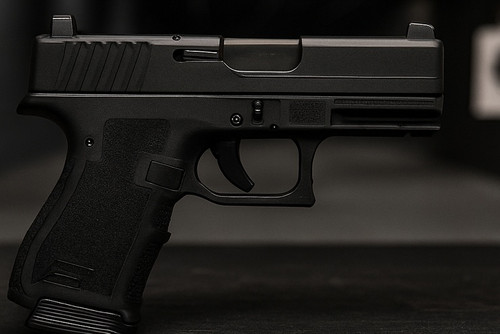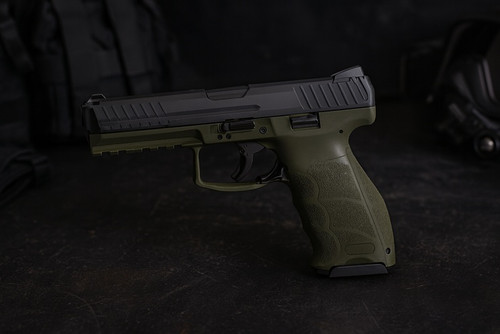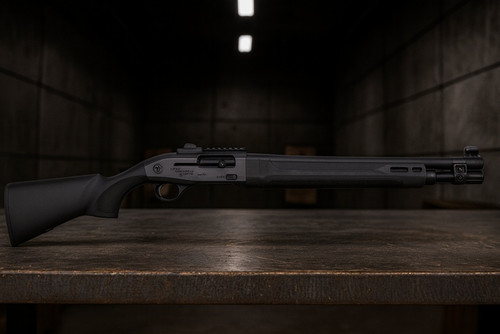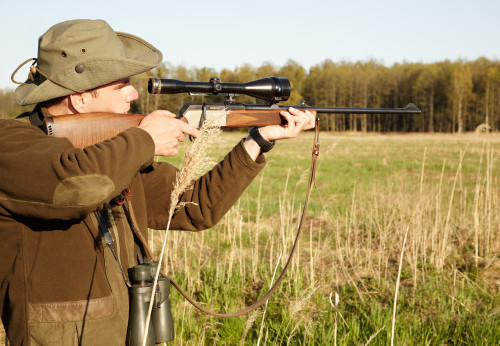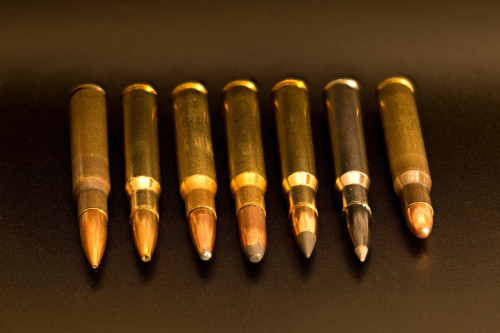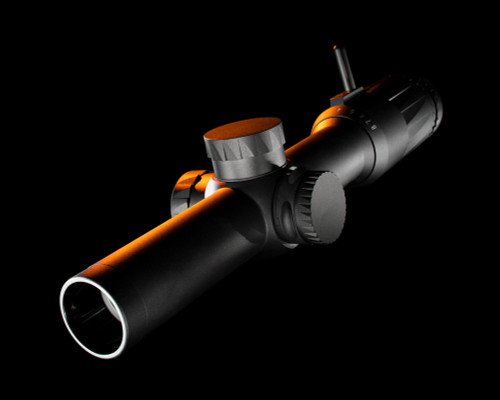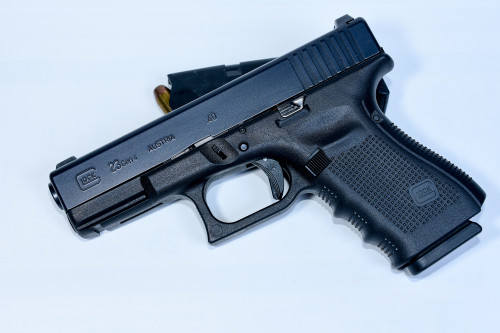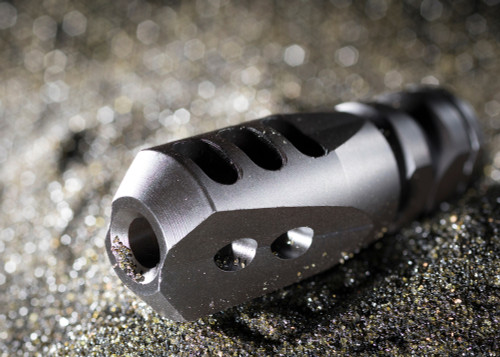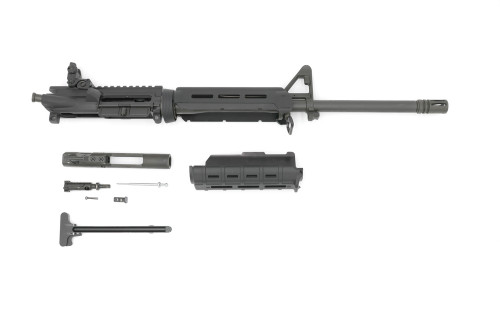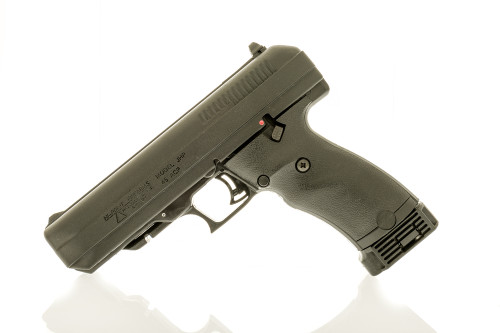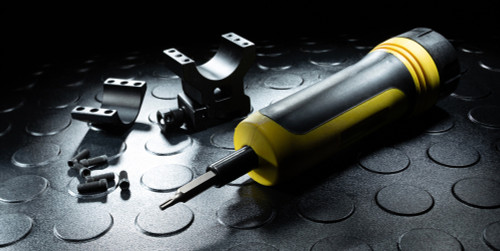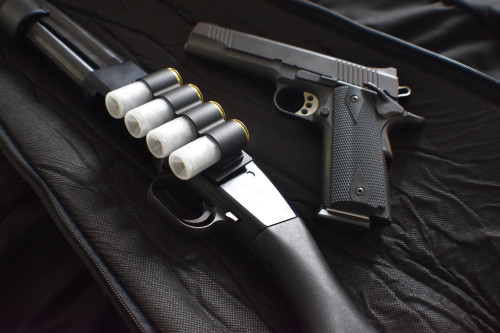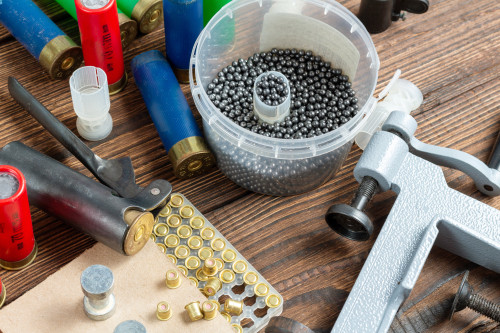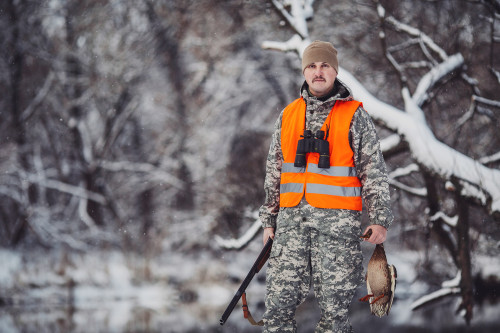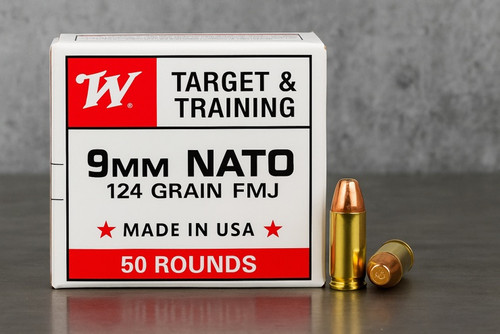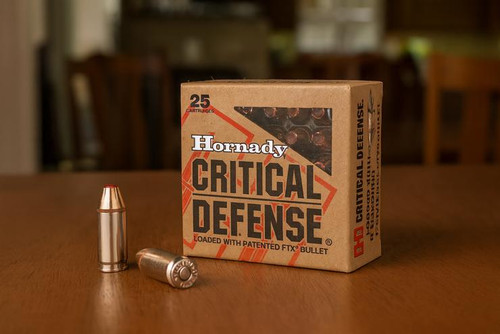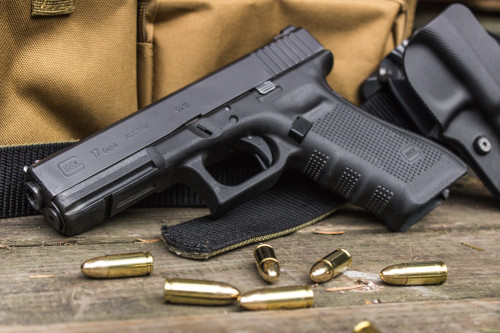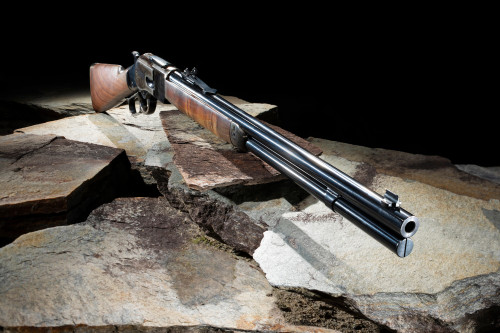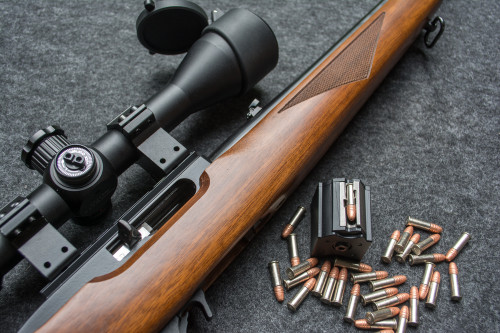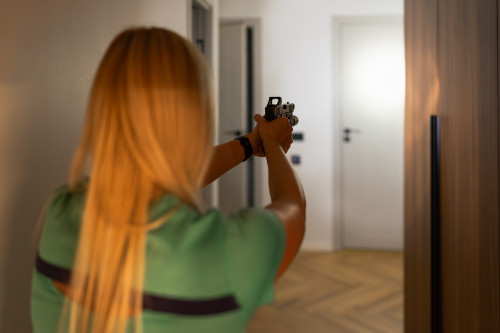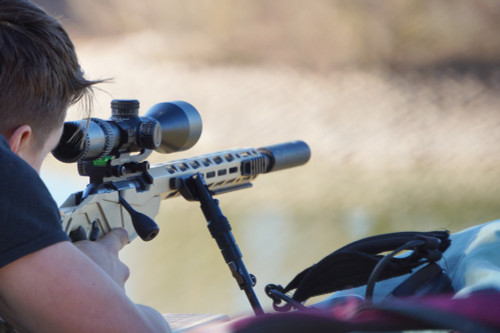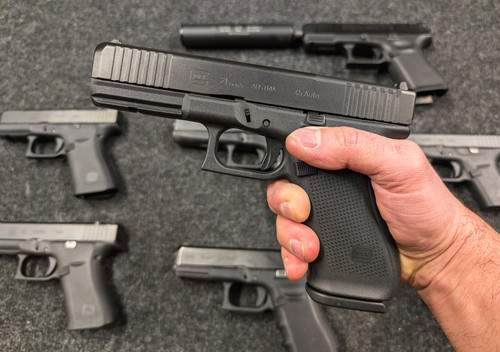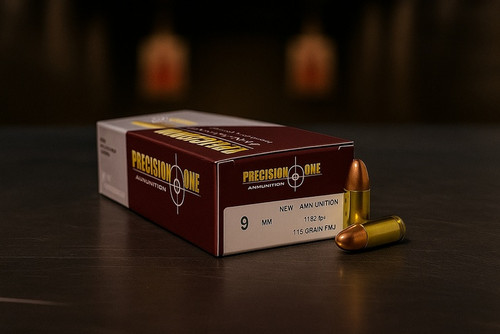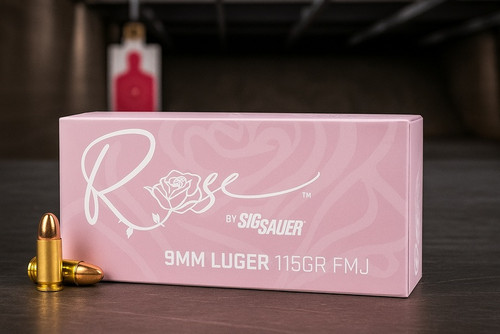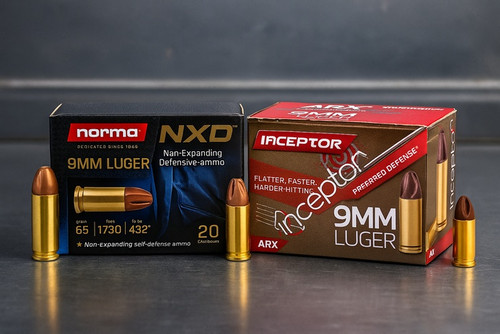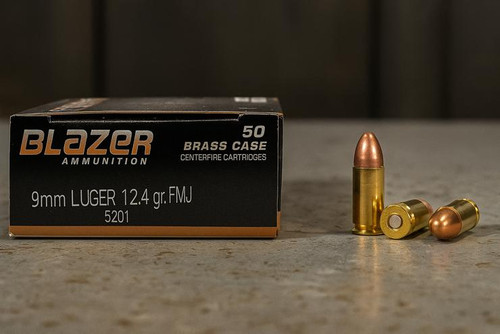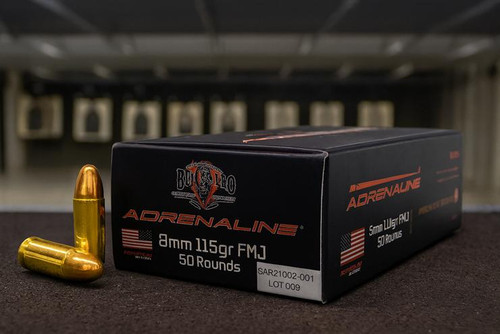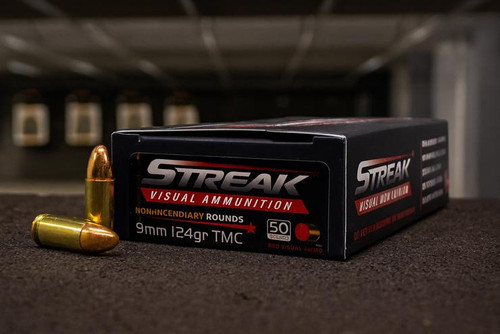The debate between .308 Winchester and .30-06 Springfield continues to divide gun owners across America. These two legendary cartridges share numerous similarities but also possess meaningful differences that make each better suited for specific purposes. Both have rich histories, passionate advocates, and proven track records in hunting fields and battlefields alike.
By the time you finish this article, you'll know exactly which cartridge matches your needs - whether you hunt big game, shoot at long range, or simply want one do-it-all option that won't let you down.
A Quick Look at Both Cartridges
What is the .308 Winchester?

Born in 1952, the .308 Winchester emerged as Winchester's attempt to create a cartridge with ballistics similar to the .30-06 but in a shorter, more manageable package. It features a .308-inch bullet diameter with typical bullet weights ranging from 150 to 180 grains. The cartridge has an overall length of 2.8 inches and so it is perfect for short-action rifles.
What is the .30-06 Springfield?

The .30-06 Springfield (pronounced "thirty-aught-six") dates back to 1906, when the U.S. military adopted it as their standard rifle cartridge. The ".30" refers to the bullet diameter, and "06" denotes the year of adoption. With an overall length of 3.34 inches, it's noticeably longer than the .308. It typically fires bullets between 150 and 220 grains.
History and Development
.30-06: Over a Century of Service
The .30-06 Springfield emerged from America's desire to match or exceed the performance of foreign military cartridges. After American soldiers faced the superior 7x57mm Mauser during the Spanish-American War, the U.S. military sought to develop a more powerful cartridge.
The .30-06 gained prominence during World War I, chambered in the 1903 Springfield rifle. Later, it achieved legendary status in World War II as the cartridge for the M1 Garand, America's first standard-issue semi-automatic military rifle. After WWII, surplus rifles and abundant ammunition helped popularize the .30-06 in the civilian market, where it became a favorite among hunters across North America.
For over 100 years, the .30-06 has maintained its reputation as one of the most effective big-game hunting cartridges. Its longevity speaks to its excellence.
.308 Win: A Modern Success Story
By 1953, Winchester set out to create a cartridge with similar ballistics to the .30-06 but in a lighter, shorter package with less recoil. The result was the .308 Winchester. The new cartridge proved immediately popular in the civilian market.
Just two years after its introduction, the .308 Winchester was adapted by NATO as the 7.62×51mm NATO cartridge. Military adoption came partly because the shorter cartridge allowed for shorter action rifles, which improved functioning in semi-automatic and fully automatic weapons.
The .308's success extended beyond military applications. It rapidly became a standard among hunters, competitive shooters, and law enforcement snipers. Today, it remains one of the most popular centerfire rifle cartridges in the world.
Technical Comparison

Case Size and Capacity
The most obvious difference between these two cartridges lies in their physical dimensions. The .30-06 case measures 3.34 inches in overall length, compared to the .308's 2.8 inches. This extra space translates directly to powder capacity.
A .308 case can hold approximately 56 grains of propellant, but the .30-06 can accommodate up to 68 grains. This 21% increase in powder capacity gives the .30-06 a potential performance edge, especially with heavier bullets.
Bullet Weight Range
Both cartridges use .308-inch diameter bullets, but they differ in the weight ranges they handle optimally:
- .308 Winchester: Works best with bullets from 150 to 180 grains
- .30-06 Springfield: Performs well with bullets from 150 to 220 grains
The .30-06's ability to handle heavier bullets comes from its larger case capacity, which provides the extra propellant needed to push these weightier projectiles at acceptable velocities.
Propellant Differences
The extra powder capacity of the .30-06 translates to higher potential velocities, particularly with heavier bullets. However, this additional powder also means more recoil. The .308, with its smaller case, generates less recoil but can't quite match the .30-06's velocity with the heaviest bullets.
For many practical applications, the difference proves minimal. But for those seeking maximum performance from heavy bullets, the .30-06 offers an advantage.
Ballistics Breakdown

Bullet Drop
Let's compare a 165-grain AccuTip Boat Tail .30-06 against a 150-grain FMJ boat tail .308, both sighted in at 100 yards.
At 100 yards, both cartridges hit point of aim. At 300 yards, both experience about 13 inches of drop. By 500 yards, the .30-06 drops 55.3 inches compared to the .308's 56 inches.
For most practical hunting and shooting situations, these differences prove negligible. The average hunter or target shooter would struggle to notice the difference without precision measuring equipment.
Velocity
Velocity affects both trajectory and terminal performance. Here's how these cartridges compare:
- At 100 yards: .30-06 (2,597 fps) vs .308 (2,598 fps)
- At 300 yards: .30-06 (2,218 fps) vs .308 (2,185 fps)
- At 500 yards: .30-06 (1,872 fps) vs .308 (1,812 fps)
As the data shows, the .30-06 maintains a slight velocity advantage at longer ranges, but the difference remains modest. For hunting distances under 300 yards, the performance gap narrows to practically nothing.
Energy
Energy transfer determines how effectively a bullet can harvest game. Here's where more significant differences emerge:
- At 100 yards: .30-06 (2,471 ft-lbs) vs .308 (2,248 ft-lbs)
- At 300 yards: .30-06 (1,802 ft-lbs) vs .308 (1,590 ft-lbs)
- At 500 yards: .30-06 (1,284 ft-lbs) vs .308 (1,093 ft-lbs)
The .30-06 maintains about a 10-15% energy advantage across all ranges, which can matter when hunting larger game at extended distances. For deer-sized game within typical hunting ranges (under 300 yards), both cartridges deliver more than adequate energy.
One of the reasons .308 remains so popular is the wide range of semi-automatic rifles chambered for it, combining power with faster follow-up shots. If you’re looking to explore rifle options in this caliber, check out our roundup of the best .308/7.62 semi-auto rifles currently on the market.
Accuracy and Recoil
Accuracy depends more on the rifle, ammunition quality, and the person behind the trigger than on the cartridge itself. Both the .308 and .30-06 have excellent accuracy potential in quality firearms.
That said, the .308 produces approximately 14 ft-lbs of recoil energy in an 8-pound rifle, compared to the .30-06's 17.5 ft-lbs. This 20% reduction in felt recoil gives the .308 an advantage for new shooters or those sensitive to recoil.
Less recoil also means quicker follow-up shots and less tendency to develop a flinch - factors that contribute to better real-world accuracy for many people. For extended practice sessions at the range, the milder .308 allows more comfortable shooting with less fatigue.
In bolt-action platforms, both cartridges function flawlessly. In semi-automatic rifles, the shorter .308 tends to function more smoothly and with fewer feeding issues than the longer .30-06. This explains why most modern semi-auto hunting rifles chamber the .308 rather than the .30-06.
Real-World Uses

Hunting
Both cartridges excel at hunting medium-sized game like deer, antelope, and black bear at typical hunting distances. The differences become more apparent when hunting larger game or at extended ranges.
The .30-06 shines when hunting:
- Larger animals like elk, moose, and brown bear
- At longer ranges beyond 300 yards
- When maximum energy transfer matters
The .308 works better for:
- Medium-sized game like deer and black bear
- Situations requiring quick follow-up shots
- Hunters sensitive to recoil
- Lightweight mountain rifles where every ounce counts
For North American hunting, the .30-06 handles everything from coyotes to moose and bears. The .308 covers the same range except at the largest end of the spectrum, where the .30-06's extra energy proves beneficial.
Self-Defense
Both cartridges deliver devastating terminal effects on target. Either would stop a threat immediately if placed properly. However, practical considerations favor the .308 for defensive use.
The .308's shorter length makes it more suitable for semi-automatic platforms, which dominate the tactical and self-defense markets. Many police and SWAT snipers use .308 rifles for this reason, combined with its lower recoil for faster follow-up shots.
Over-penetration presents a serious concern with both cartridges in home defense scenarios. The powerful .30-06 poses an even greater risk of passing through walls and endangering others beyond the target. For home defense, lighter, purpose-designed cartridges like the 5.56mm NATO make more sense than either of these hard-hitting options.
Competition Shooting
In the competition world, the .308 dominates over the .30-06. The Precision Rifle Series (PRS), one of the fastest-growing competitive shooting disciplines, explicitly allows .308 Winchester but bans .30-06 from their matches.
The .308's shorter action cycles faster, produces less recoil, and allows for quicker follow-up shots - all advantages in timed competition scenarios. Most competitive shooters today, however, choose even milder cartridges like 6mm Creedmoor for PRS events.
Traditional long-range competitions often feature the .308, but the .30-06 rarely appears in modern shooting sports. For competitors, the .308 offers a clear advantage.
As with any caliber comparison, it’s important to clear up confusion—especially when it comes to .308 Winchester versus 7.62x51 NATO. The two are often discussed interchangeably, but there are key differences. For a detailed breakdown, see our article on .308 vs. 7.62 NATO
Weight and Portability
For backcountry hunters, military personnel, or anyone carrying ammunition for extended periods, weight matters significantly. Let's compare:
- One round of .308: approximately 0.85 oz
- One round of .30-06: approximately 0.96 oz
This means 200 rounds of .308 weighs 10.6 pounds, compared to 12 pounds for the same amount of .30-06 - a difference of 1.4 pounds. Add magazine weight, and the gap increases further.
The rifles themselves also differ in weight. Short-action rifles (for .308) typically weigh 4-8 ounces less than comparable long-action rifles (for .30-06). For backpack hunters who count every ounce, these differences add up quickly.
Availability and Cost
Both cartridges remain widely available, but the .308 Winchester/7.62×51mm NATO enjoys broader distribution due to its military status. In times of ammunition shortages, .308 tends to remain available longer and return to shelves faster than .30-06.
Cost comparisons show the .308 typically runs 10-15% less expensive than comparable .30-06 loads. Budget practice ammunition in .308 starts around $0.90 per round, with premium hunting loads at $1.50-$2.50. Equivalent .30-06 ammunition costs about $1.00 per round for practice ammo and $1.75-$3.00 for premium hunting loads.
The .308 also benefits from military surplus availability, which occasionally provides affordable practice ammunition options not available in .30-06.
Pros and Cons Summary Table
| Factor | .308 Winchester | .30-06 Springfield |
|---|---|---|
| Power | Good for medium game | Excellent for all North American game |
| Range | Effective to 800+ yards | Effective to 1000+ yards |
| Recoil | Moderate | Stout |
| Ammo Cost | Lower | Higher |
| Availability | Excellent | Very Good |
| Rifle Weight | Lighter (short action) | Heavier (long action) |
| Hunting Suitability | Deer, black bear, elk | Everything from deer to moose and bear |
| Defense Applications | Good in tactical rifles | Too powerful for most defense scenarios |
| Competition Use | Allowed in PRS | Banned in most modern competitions |
Final Thoughts
Both the .308 Winchester and .30-06 Springfield have earned their places in shooting history through proven performance. Neither represents a poor choice - they're both excellent cartridges with overlapping capabilities.
For most deer hunters shooting at typical ranges under 300 yards, the .308's milder recoil, lower cost, and slightly lighter rifles make it the more practical choice. Its military heritage ensures ammunition will remain available for decades to come.
For those hunting larger game like elk, moose, or bear - especially at longer ranges - the .30-06's extra energy and ability to handle heavier bullets gives it an edge. Its century-long track record speaks for itself, and it remains the more adaptable option for hunting diverse game.
The choice ultimately depends on your specific needs. Match the cartridge to your hunting environment, target game, and personal preferences. Either way, you'll be carrying a proven performer with a rich heritage and excellent ballistic performance.
FAQs
1. Can the .308 Winchester effectively take down an elk?
Yes, the .308 Winchester can effectively harvest elk within 300 yards when using appropriate premium ammunition with controlled-expansion bullets in the 165-180 grain range. Proper shot placement remains crucial.
2. How much farther can a .30-06 shoot compared to a .308?
In practical terms, the difference is minimal. Both cartridges maintain sufficient energy for ethical hunting out to about 500 yards. The .30-06 retains approximately 15% more energy at that distance, but bullet drop remains nearly identical.
3. Which cartridge kicks harder, .308 or .30-06?
The .30-06 produces approximately 20-25% more felt recoil than the .308 Winchester in rifles of equal weight. This makes the .308 more comfortable for extended range sessions and for recoil-sensitive shooters.
4. Why do military and police snipers prefer .308 over .30-06?
Military and police units prefer the .308 (7.62×51mm NATO) because it functions more effectively in semi-automatic platforms, produces less recoil for faster follow-up shots, allows for shorter, more maneuverable rifles, and reduces concerns about over-penetration in tactical environments.
5. Which cartridge is better for a new hunter's first rifle?
For most new hunters, the .308 Winchester makes an excellent first centerfire rifle cartridge. Its moderate recoil helps develop good shooting habits without flinching, ammunition costs less, and it remains perfectly adequate for most common game animals.
6. Are .308 rifles less expensive than .30-06 rifles?
On average, yes. Rifles chambered in .308 Winchester often cost $50-150 less than identical models in .30-06 Springfield. This price difference stems from the simpler, shorter action required for the .308 cartridge.




 Pro Armory Editorial Team
Pro Armory Editorial Team